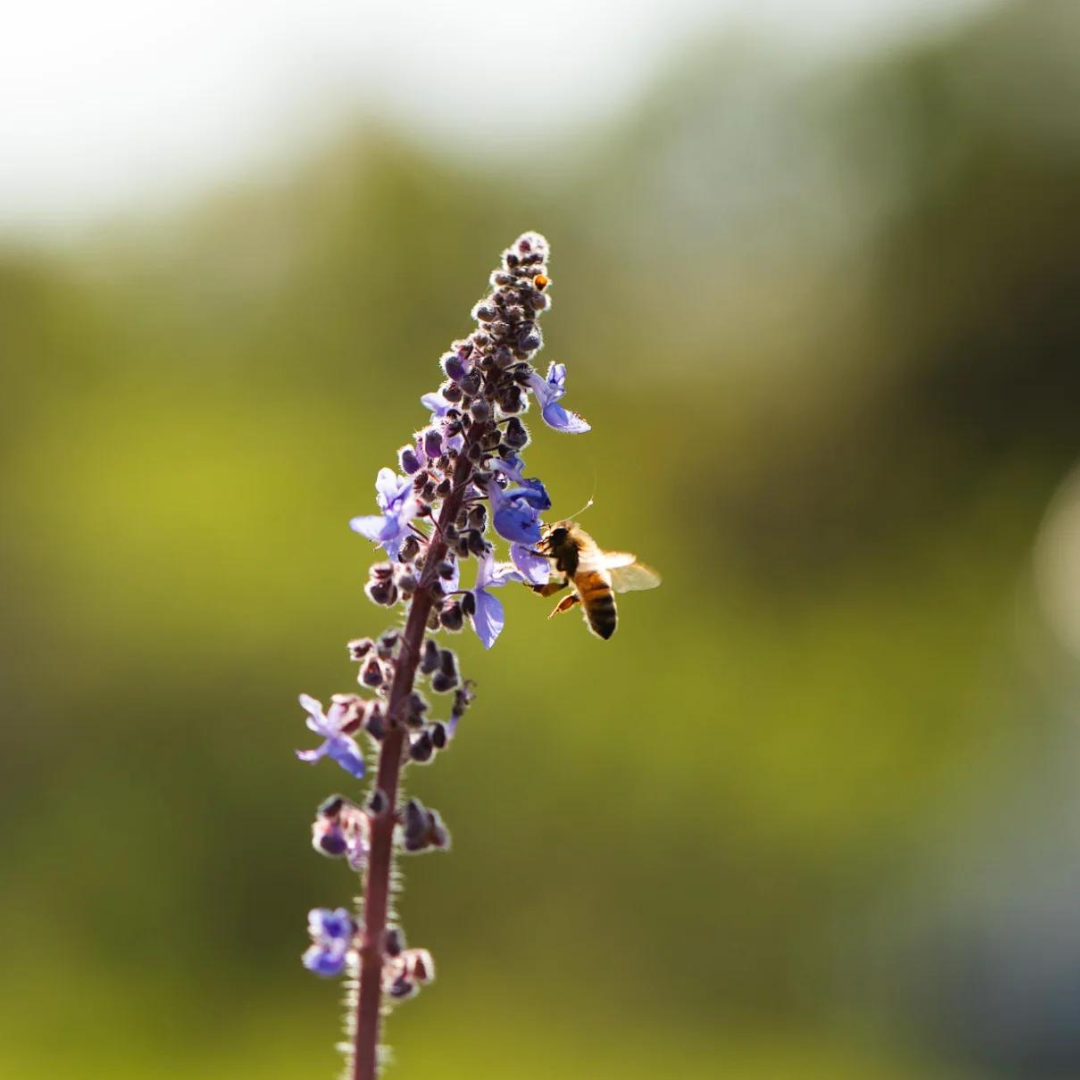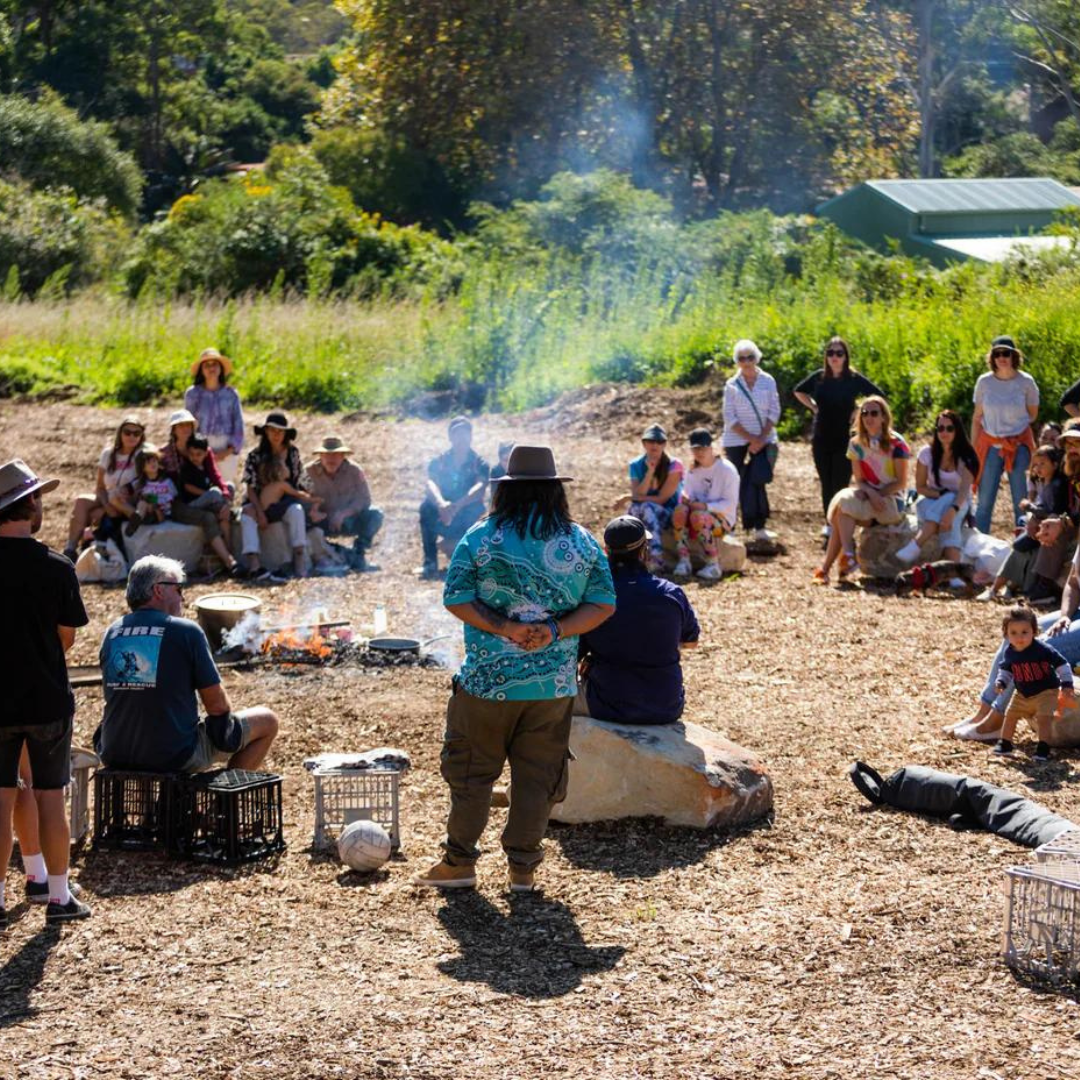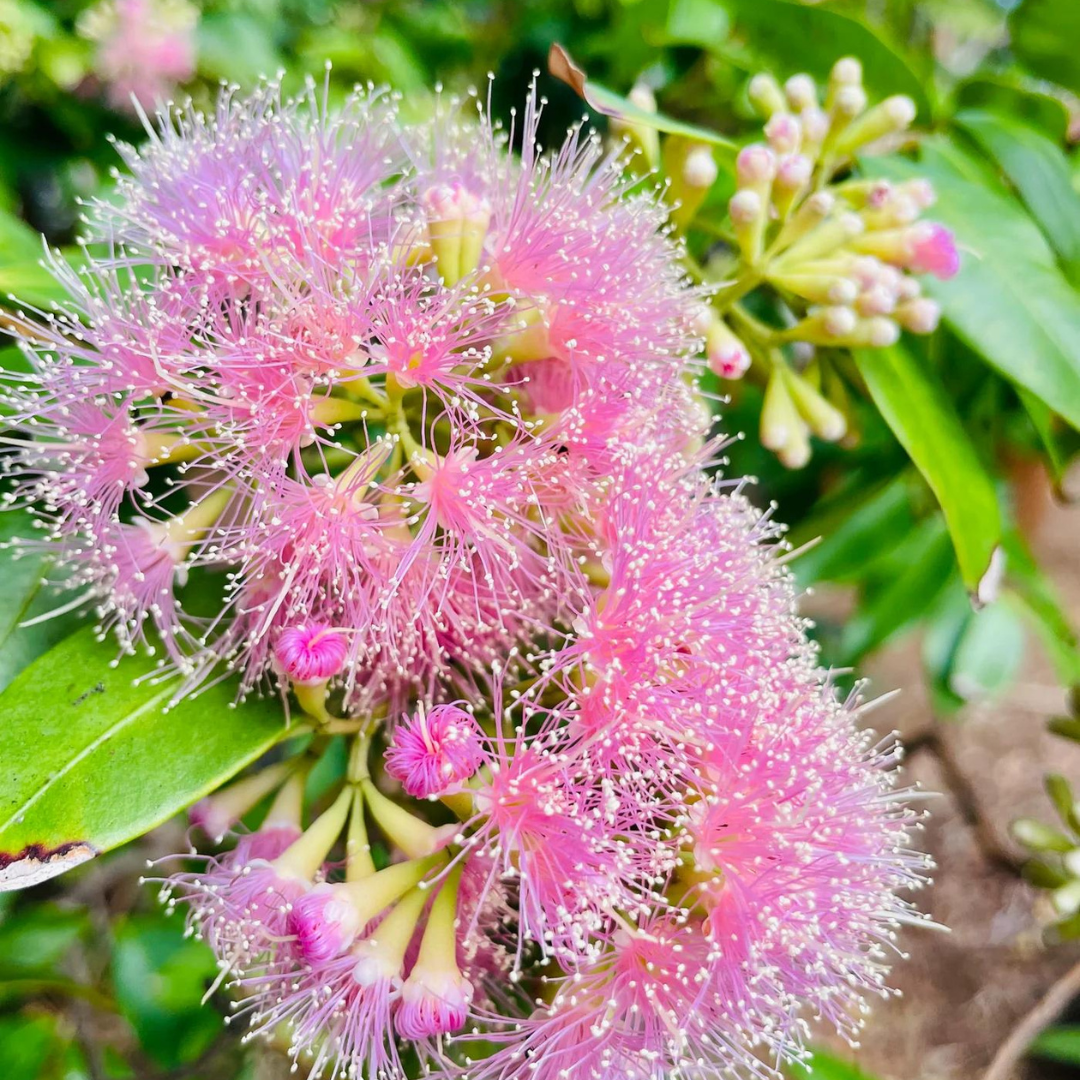In the heart of our gardening journey with Bush to Bowl, we've uncovered not only the joy of cultivating native bushfoods but also the art of preserving their delicious flavours for year-round enjoyment. Today, we invite you to explore the fascinating world of bushfood preservation—a practice that not only honors the environment but also allows you to savour the fruits of your labor long after the harvest season.
The Importance of Preservation: Preserving bushfoods is a valuable skill that ensures none of nature's bounty goes to waste. It's a way to capture the essence of the land and its unique flavours, preserving them for future use. Whether you've just started your bushfood garden or are a seasoned enthusiast, these techniques will become invaluable in your culinary journey.
Drying: The Art of Dehydration: Drying is one of the oldest and simplest methods of preservation. It involves removing moisture from the food, which inhibits the growth of spoilage microorganisms. For bushfoods like fruits, herbs, and even some vegetables, drying is an ideal choice. You can do this by air-drying, sun-drying, or using a dehydrator.
Tip: To preserve native herbs like lemon myrtle or native mint, simply tie them in bundles and hang them in a dry, well-ventilated area. Once dried, store them in airtight containers.
Freezing: Locking in Freshness: Freezing is another excellent preservation method for bushfoods. It's particularly useful for fruits like bush tomatoes, finger limes, or Davidson's plums, which can retain their texture and flavor when properly frozen. Before freezing, clean and dry the fruits thoroughly, and place them in airtight containers or freezer bags.
Tip: For berries like muntries or quandongs, spread them in a single layer on a baking sheet and freeze them individually. Once frozen, transfer them to containers for easy use in smoothies or desserts.
Jammin' and Saucin': Creating jams, sauces, and chutneys is a delightful way to preserve bushfoods while infusing them with additional flavours. The natural acidity of many bushfoods makes them perfect for jams and sauces, balancing sweet and tart profiles. Consider concoctions like riberry jam, rosella chutney, or a finger lime-infused barbecue sauce.
Tip: When making jams or sauces, don't forget to sterilise your jars and lids to ensure safe, long-term storage.
Proper Storage Matters: Regardless of the preservation method you choose, proper storage is key to maintaining the quality and flavour of your preserved bushfoods. Use airtight containers, label them with the contents and date, and store them in a cool, dark place away from direct sunlight and temperature fluctuations.
Get Creative: Preservation is not only practical but also an opportunity to get creative in the kitchen. Experiment with unique flavor combinations and recipes that incorporate your preserved bushfoods. Think finger lime-infused cocktails, riberry vinaigrettes, or bush tomato relishes.
Conclusion: As stewards of the land and passionate advocates for sustainable living, embracing bushfood preservation techniques is a way to extend the connection between your garden and your kitchen. It's a way to savour the flavours of nature's bounty all year long, while also paying homage to the rich tapestry of native ingredients that Australia offers. So, whether you're drying, freezing, or making jams and sauces, know that you're preserving not just bushfoods, but a deeper connection to the land and its heritage. Happy preserving!




